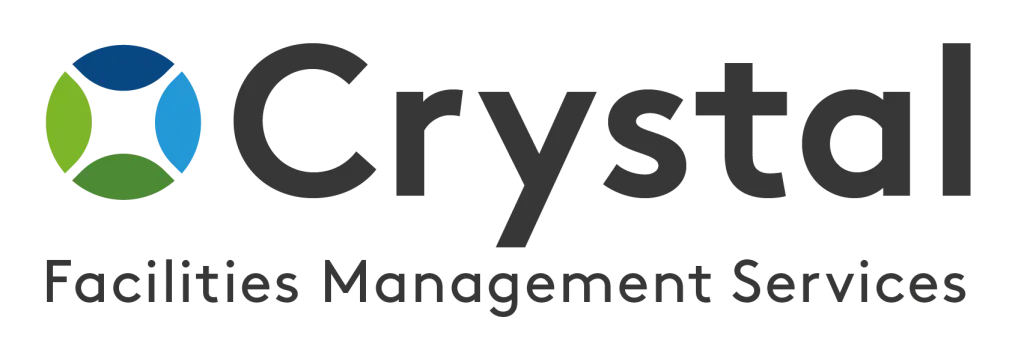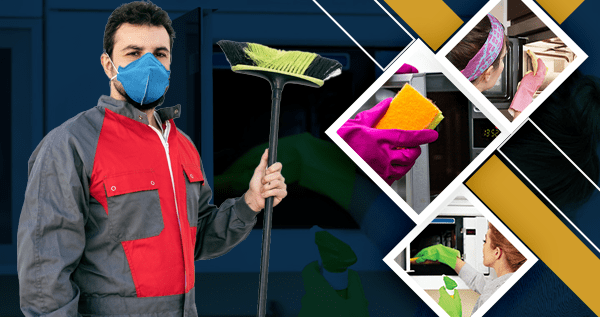Top Cleaning Challenges in Healthcare Facilities and How to Overcome Them
Introduction
In healthcare facilities, cleanliness and proper sanitation are of utmost importance. A clean and hygienic environment not only helps in preventing the spread of infections but also creates a positive impression on patients and visitors. However, healthcare facilities pose unique cleaning challenges due to the presence of highly infectious materials, complex equipment, and strict regulations.
As a leading provider of cleaning services in the healthcare industry, Crystal Facilities Management has identified the top cleaning challenges in healthcare facilities and developed effective strategies to overcome them. In this article, we will discuss these challenges in detail and provide practical solutions to ensure a clean and safe environment for patients and staff.
The Challenge of Multi-Surface Cleaning and Disinfection
One of the major challenges in healthcare facilities is the presence of various surfaces that require different cleaning and disinfection protocols. From delicate medical equipment to high-touch surfaces such as doorknobs and handrails, each surface requires specific attention to maintain cleanliness and prevent the spread of harmful pathogens.
To overcome this challenge, Crystal Facilities Management follows a comprehensive cleaning plan that includes:
- Identifying and categorizing surfaces based on their sensitivity and level of contamination.
- Using appropriate cleaning agents and disinfectants for each surface.
- Implementing a color-coded system for cleaning equipment to prevent cross-contamination.
- Providing thorough training to our cleaning staff on proper cleaning and disinfection techniques.
Preventing Healthcare-Associated Infections (HAIs)
Healthcare-associated infections (HAIs) are a significant concern in healthcare facilities. These infections can be caused by various pathogens, including bacteria, viruses, and fungi, and can be spread through contact with contaminated surfaces or from person to person.
To prevent HAIs, Crystal Facilities Management follows a strict infection control protocol, including:
- Regularly cleaning and disinfecting high-touch surfaces, such as bed rails, light switches, and call buttons.
- Using hospital-grade disinfectants approved by regulatory bodies.
- Focusing on proper hand hygiene and ensuring that hand sanitizers are readily available throughout the facility.
- Implementing thorough and frequent cleaning of medical equipment.
- Regularly disinfecting patient rooms and common areas using advanced disinfection techniques.
Managing Biohazardous Waste
Healthcare facilities generate a significant amount of biohazardous waste, including sharps, contaminated linens, and hazardous chemicals. This waste requires special handling and disposal methods to prevent the spread of infections and ensure compliance with regulatory guidelines.
Crystal Facilities Management addresses this challenge by:
- Providing specialized training to our cleaning staff on the proper handling and disposal of biohazardous waste.
- Using designated containers for sharps and other contaminated materials.
- Following strict protocols for the transportation and disposal of biohazardous waste.
- Regularly auditing and reviewing our waste management procedures to ensure compliance.
Maintaining Indoor Air Quality
In healthcare facilities, maintaining good indoor air quality is crucial for the health and well-being of patients, staff, and visitors. Poor air quality can exacerbate respiratory conditions and increase the transmission of infectious diseases.
To ensure optimal indoor air quality, Crystal Facilities Management takes the following measures:
- Regularly inspecting and cleaning HVAC systems to remove dust, allergens, and other contaminants.
- Using high-efficiency air filters to trap microscopic particles and prevent their circulation.
- Implementing proper ventilation systems to increase the exchange of fresh air.
- Encouraging the use of low-emission cleaning products to minimize the release of volatile organic compounds (VOCs).
Complying with Regulatory Guidelines
Healthcare facilities are subject to strict regulatory guidelines and standards to ensure patient safety and quality of care. Compliance with these guidelines can be challenging, especially in terms of cleaning and sanitation protocols.
To overcome this challenge, Crystal Facilities Management:
- Stays up to date with the latest regulations and guidelines set by regulatory authorities.
- Provides regular training and education to our cleaning staff on regulatory requirements.
- Conducts thorough inspections and audits to ensure compliance with all applicable standards.
- Maintains detailed documentation of cleaning processes, products used, and staff training records to demonstrate compliance.
Conclusion
Cleaning healthcare facilities is a complex task that requires a deep understanding of infection control, safety protocols, and regulatory guidelines. Crystal Facilities Management, with its expertise in healthcare cleaning services, recognizes the unique challenges faced in healthcare facilities and has developed effective strategies to overcome them.
By implementing comprehensive cleaning plans, adhering to strict infection control measures, and staying updated with regulatory guidelines, Crystal Facilities Management ensures that healthcare facilities provide a clean and safe environment for patients, staff, and visitors.
For professional and reliable cleaning services in the healthcare industry, trust Crystal Facilities Management to deliver exceptional results and maintain the highest standards of cleanliness and hygiene.












